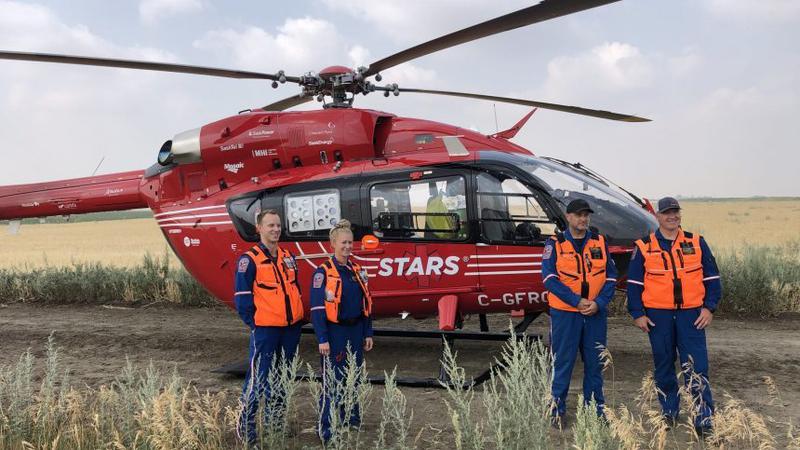
Down and dirty with backroad safety
Saskatchewan living requires the skill of rural road driving.
From gravel grid roads to unpaved intersections, the province’s rural areas can keep residents connected, but also pose a challenge and a danger — especially when a driver doesn’t navigate those types of roads regularly.
More than 3,000 collisions occur on rural roads each year, according to Saskatchewan Government Insurance’s (SGI) Tyler McMurchy. These crashes result in 514 injuries and 25 deaths annually, on average.
“Because these crashes often happen far away from major centres, these are the kinds of calls air ambulance crews respond to,” McMurchy said.




